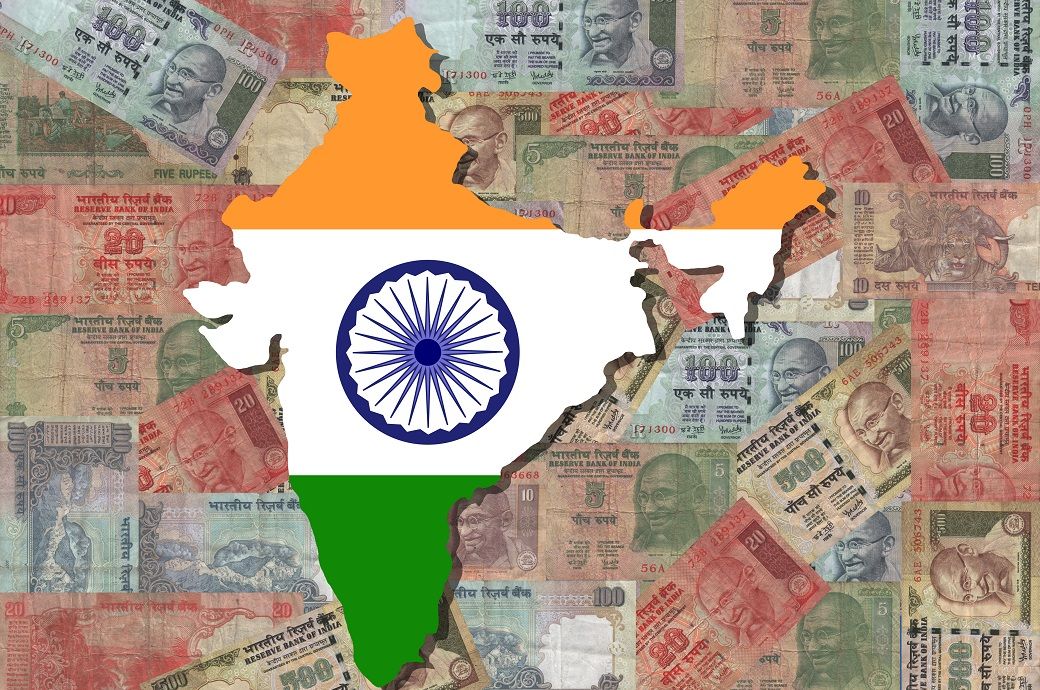

The stable outlook for India is underpinned by the nation's large and diversified economy, which boasts high growth potential, a relatively sound external position, and a stable domestic financing base for government debt. These strengths are, however, counterbalanced by high general government debt, weak debt affordability, and low per capita income, as per Moody’s.
The agency highlighted India's resilience in the wake of the pandemic, noting significant progress in infrastructure development, digitalisation, and financial system rehabilitation. This progress has fostered a stronger and more stable economy, although Moody's does not anticipate a significant reduction in debt levels amid gradual fiscal consolidation over the next year. High global and domestic interest rates continue to pose challenges to debt affordability.
For the fiscal year 2023-24 (FY24), Moody's revised India's real GDP growth projection upward to 8 per cent, attributing this to robust gross fixed capital formation and the government's ongoing focus on infrastructure development. The ratings agency expects India's economic growth to remain well above 6 per cent over the next two fiscal years, with potential upside risks from ongoing disinflation and increasing private investment.
Moody's expects India's debt affordability ratio to remain weak compared to its Baa-rated emerging market peers, driven by the country's high debt burden and historically higher interest rate cost structure. Despite revenue buoyancy supported by reforms such as the goods and services tax (GST) and digitalisation efforts, debt affordability has worsened over the past decade, albeit with some easing since the pandemic peak.
The credit profile of India reflects a blend of economic strength, institutional and governance progress, fiscal challenges, and susceptibility to event risk, including political tensions and banking sector risk. The country's low ESG credit impact score of 4 underscores its vulnerability to environmental and social risks, including climate change, droughts, and socio-economic disparities.
Moody's stable outlook factors in the likelihood of gradual fiscal improvement amid strong growth prospects. However, upward pressure on the rating could develop with tangible progress in fiscal consolidation, structural reforms, and economic diversification. Conversely, escalating political tensions, weakening governance, or a resurgence of financial sector stress could exert downward pressure on India's rating.
Fibre2Fashion News Desk (DP)